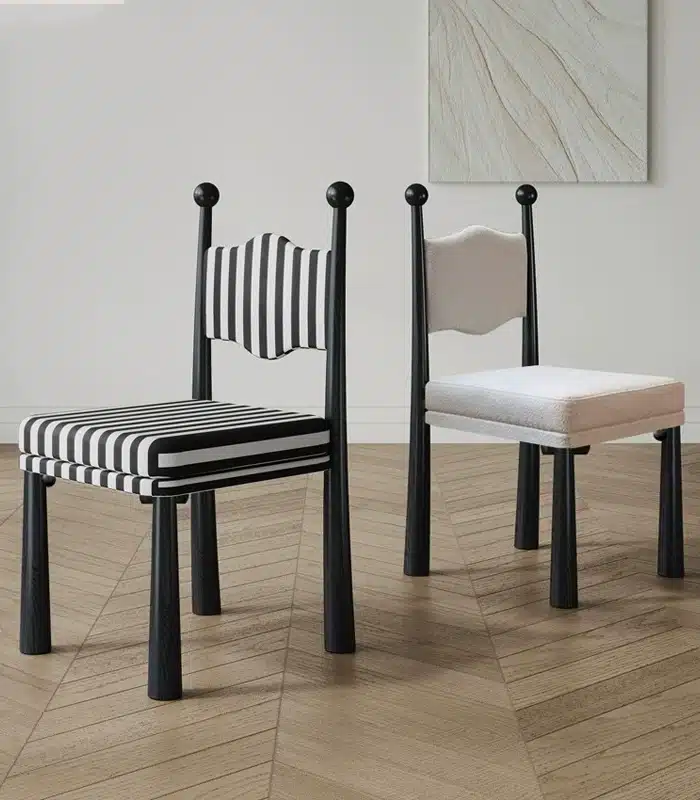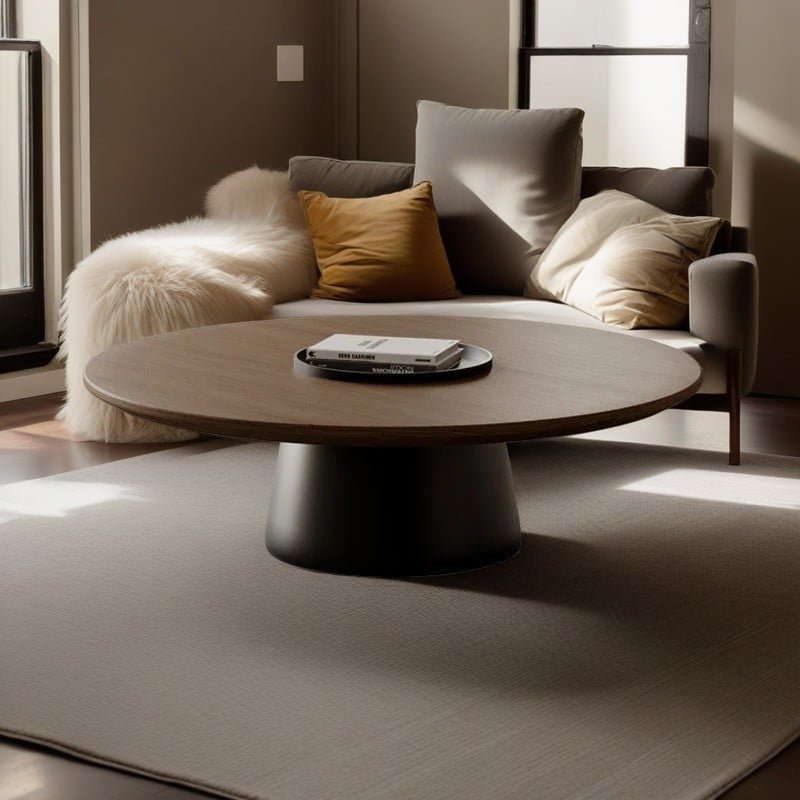- Material selection: Understanding the DNA of wood
- Comparison of mainstream wood characteristics
North American black walnut: chocolate-colored texture, medium hardness, strong stability, suitable for fine carving (preferred for high-end furniture)
White oak: light yellow to brown, strong corrosion resistance, good waterproofness (suitable for floor cabinets and bathroom furniture)
Beech: light pink wood, easy to bend (commonly used in children’s furniture and bent wood crafts)
Pine/fir: soft texture and high cost performance, but attention should be paid to knot treatment (suitable for internal frames)
Tips for avoiding pitfalls: Beware of “real wood veneer” pretending to be pure solid wood. Scratch the back with your fingernail. If a paper texture appears, it is veneer.
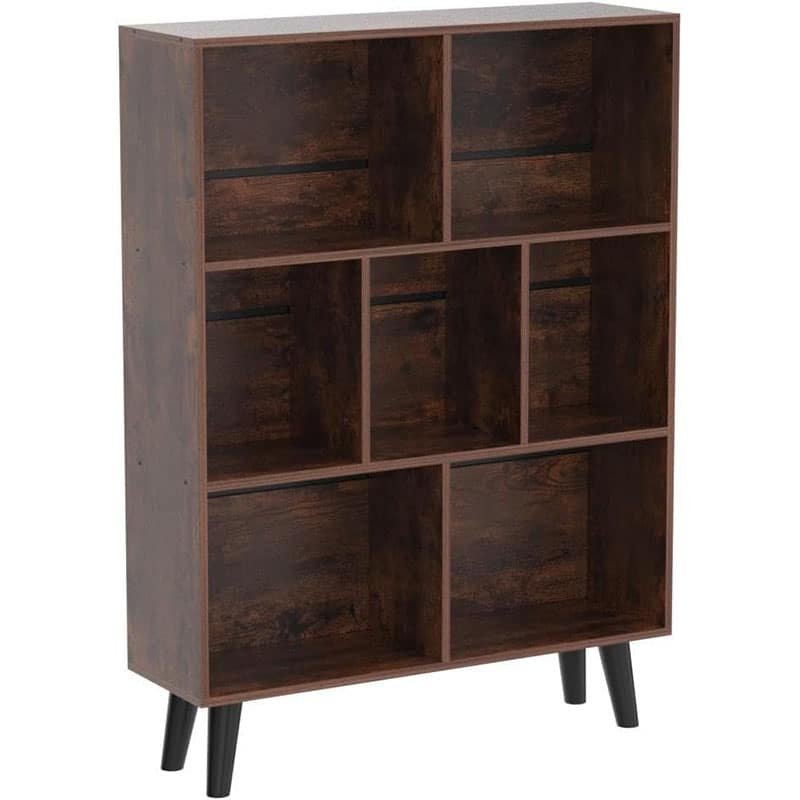
- Craftsmanship: The hidden code of good furniture
- Structural craftsmanship level
Top: full mortise and tenon joints + traditional hot wax craftsmanship (no glue, can be passed down from generation to generation)
High quality: mortise and tenon joints in key parts + environmentally friendly glue auxiliary (balance between cost and durability)
Basics: hardware connection (easy to loosen, need regular maintenance)
- Three principles of surface treatment
Open paint: retain the touch of wood pores (suitable for black walnut with beautiful texture)
Closed paint: smooth and easy to clean (commonly used for children’s furniture)
Wood wax oil: environmentally friendly but requires regular maintenance (care every 6-12 months)
Test method: Use a cotton swab dipped in alcohol to wipe the hidden area. Severe discoloration indicates that the paint surface does not meet the standards.
- Space matching rules
- Golden ratio of size
Dining table and chair: table height 75cm + chair height 45cm (error ≤ 2cm)
Sofa and coffee table: 40-50cm distance (to ensure comfortable passage and retrieval)
Wardrobe depth: hanging area ≥ 55cm, stacking area ≥ 45cm
- Style mix and match formula
Nordic style: white oak + thin leg design + cotton and linen fabrics
New Chinese style: black walnut + brass accessories + ink elements
Industrial style: old elm + black metal frame + leather details
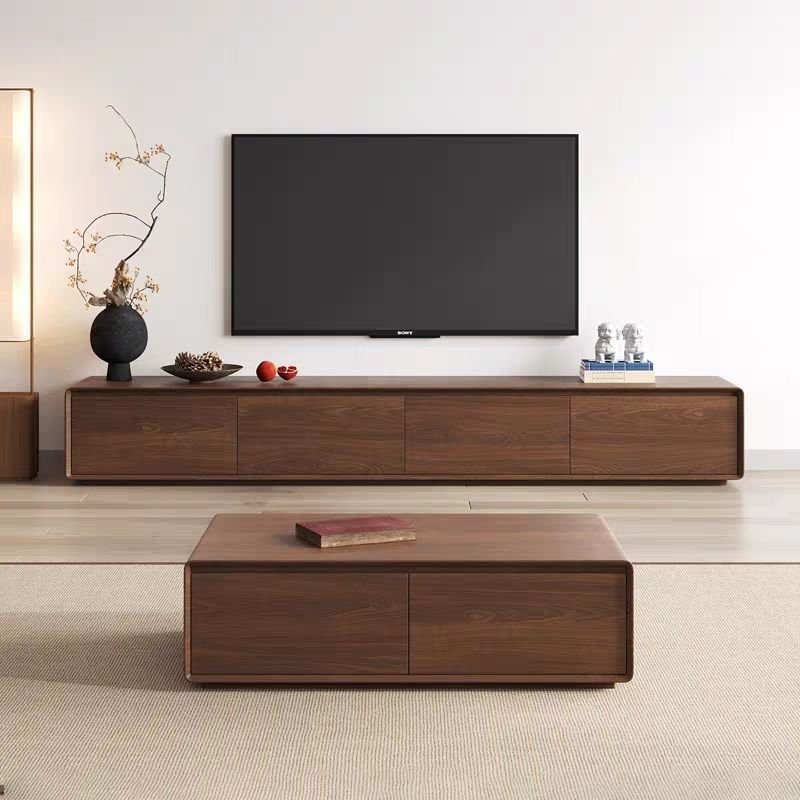
- Maintenance Tips: Let furniture grow old with you
- Four-season maintenance calendar
Spring: Wipe with a slightly damp cotton cloth to prevent cracking (use a humidifier when humidity is less than 40%)
Summer: Place a water container in an air-conditioned room to avoid deformation due to temperature difference
Autumn: Apply special wood wax oil (focus on the sun-prone areas around doors and windows)
Winter: Stay more than 1.5 meters away from the heater to prevent local cracking due to baking
- First aid guide for injuries
Scratches: Rub the damaged area with walnut kernels, natural oils can fade the marks
Water stains: Thick towel + iron low-temperature steam treatment (limited to painted furniture)
Insect bites: Drop a mixture of pepper oil + beeswax into a syringe to repel insects naturally
V. Advanced must-have: 5 details to distinguish authenticity
End surface annual rings: Observe the bottom of the furniture, the real wood texture is continuous without fractures
Weight mystery: Under the same volume, elm> oak> pine (too light to be wary of composite materials)
Smell trap: High-quality wood wax oil has a light nutty aroma, and the pungent smell may contain formaldehyde
Hardware code: hinge with damping buffer> ordinary hinge, guide rail load must be ≥35kg
Certificate verification: Request FSC forest certification + original formaldehyde test report
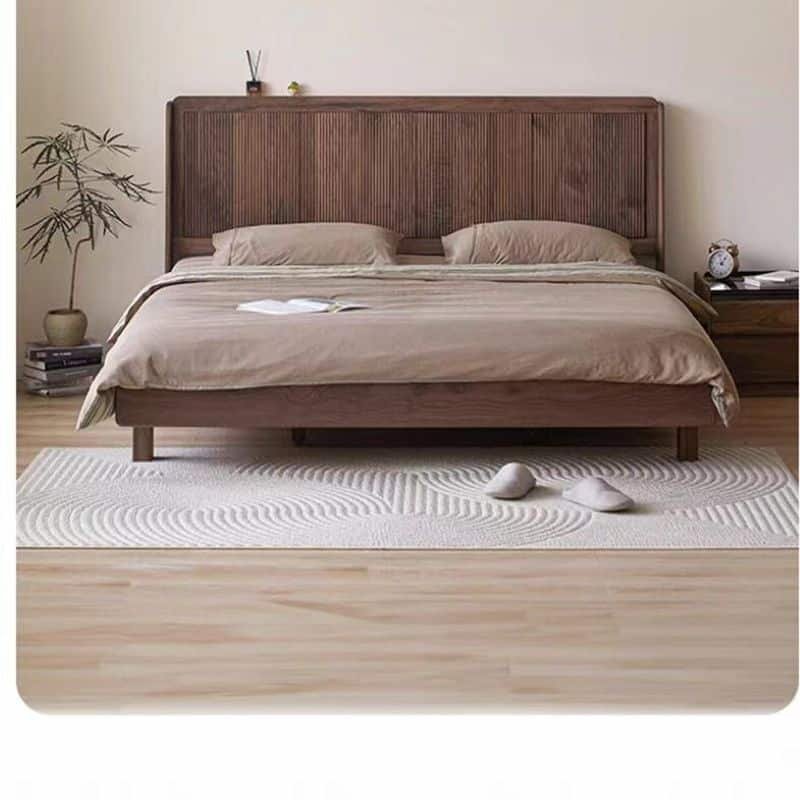
VI. The Way of Inheritance: The Revelation of Antique Furniture
Restoration Philosophy: Preserve historical traces and only reinforce structural damage
Renovation Plan:
Old wooden door → dining table (thickness must be ≥5cm)
Camphor wood box → coffee table (with waterproof layer inside)
Beam material → entrance cabinet (with modern metal legs)
Conclusion:
“Good wooden furniture is a sculpture of cooperation between man and nature.
When you touch the ups and downs of the wood grain with your hand, you will understand the annual ring code of the thousand-year-old tree.”
(Guide supporting tools: Wood hardness comparison table/humidity monitoring sticker usage guide, can be obtained by scanning the code)


